Newest Mayport littoral ship commissioned as future of other ships hangs in budget balance
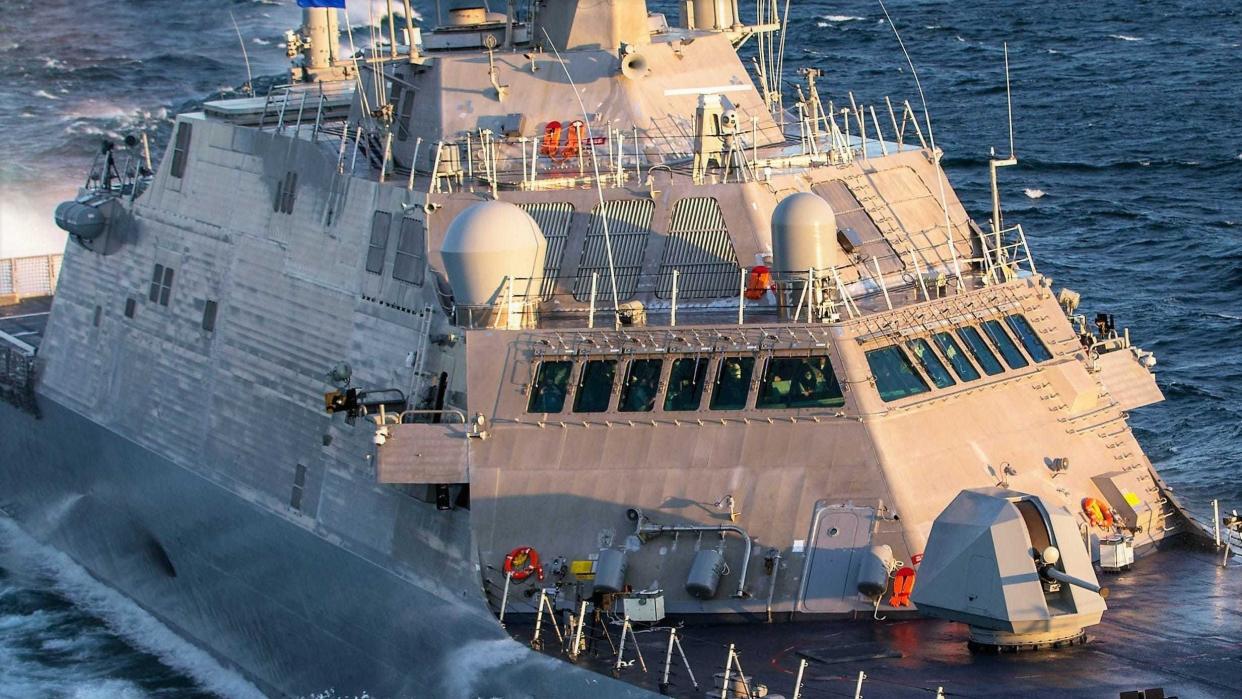
- Oops!Something went wrong.Please try again later.
Despite plans to retire Naval Station Mayport’s existing lineup of littoral combat ships, the U.S. Navy has been celebrating the commissioning Saturday of its newest LCS, the USS Minneapolis-Saint Paul.
"You prepared this ship to take her place in the fleet during challenging times,” Jodi Greene, a former Navy deputy undersecretary who was the ship’s sponsor, told the crew during a ceremony in the Lake Superior port city of Duluth, Minn.
Crew members, Greene said, “have already proven your strength and determination in getting ready for this momentous day.”
The ship will be based in Mayport alongside eight vessels the Navy aims to decommission after the service’s 2023 budget takes effect.
More are still in production and expected to reach Mayport over the next few years.
Targeting 8 LCS at Naval Station Mayport: Navy's 2023 budget aims to decommission 24 ships
Returning home: USS Milwaukee finishes deployment as Navy plan threatens future for it, other Mayport ships
MQ-4C Triton drone arrives at Mayport: 1 of 4 at new Navy squadron in Jacksonville
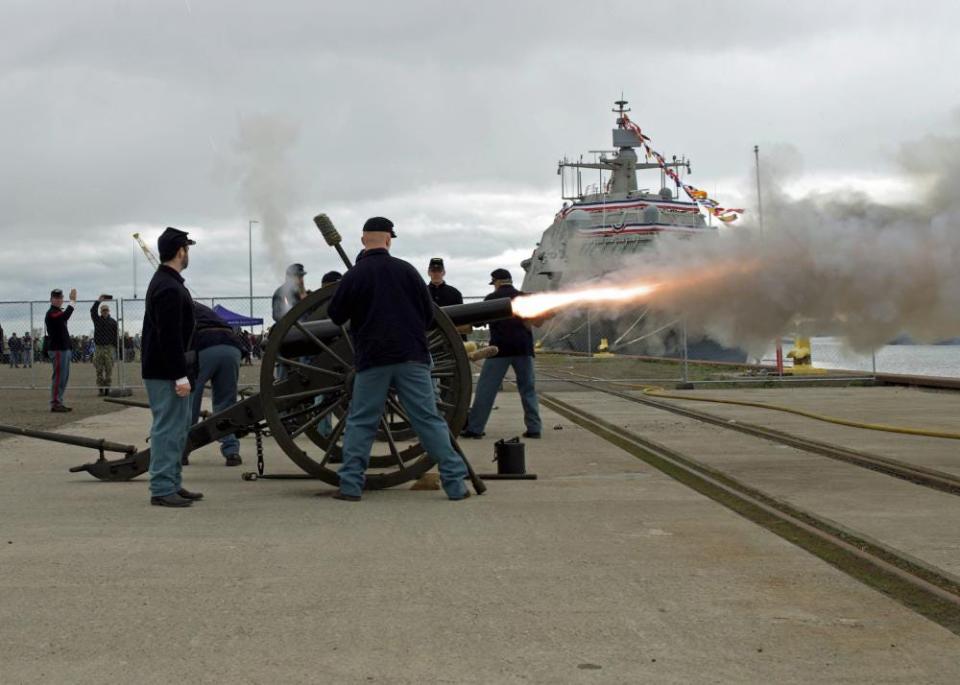
The dissonance of building new vessels while decommissioning sister ships, whose ages range from three to eight years, has added to the strangeness surrounding Mayport’s LCS Freedom variant, one of two classes of LCS and one that has been hampered by a “class design defect” in propulsion that keeps it from traveling at high speeds.
But as they explain their decommissioning plans, Navy leaders have taken pains recently to tell Congress that the vessels are marked for elimination because of problems with equipment they were built to carry, not with the ships themselves.
“The primary reason why the nine LCS ships are on the retirement list has to do with an antisubmarine warfare system that was the primary battery, main battery, of that ship that did not work out technically,” Adm. Mike Gilday, the chief of naval operations, told members of the House Armed Services Committee this month.
“So after about a year-and-a-half study, I refused to put an additional dollar against a system that would not be able to track a high-end submarine,” the CNO said.
Mayport’s existing LCS
Mayport’s eight LCS were intended to perform antisubmarine combat roles using a “mission package” that included sonar equipment the Navy expected to use both in LCS and in a new warship, the Constellation-class frigate being built at the same Wisconsin shipyard that produces Freedom LCS.
Gilday decided the new frigates would switch to a different, already well-established, sonar system, but LCS simply wouldn’t be used for antisubmarine work.
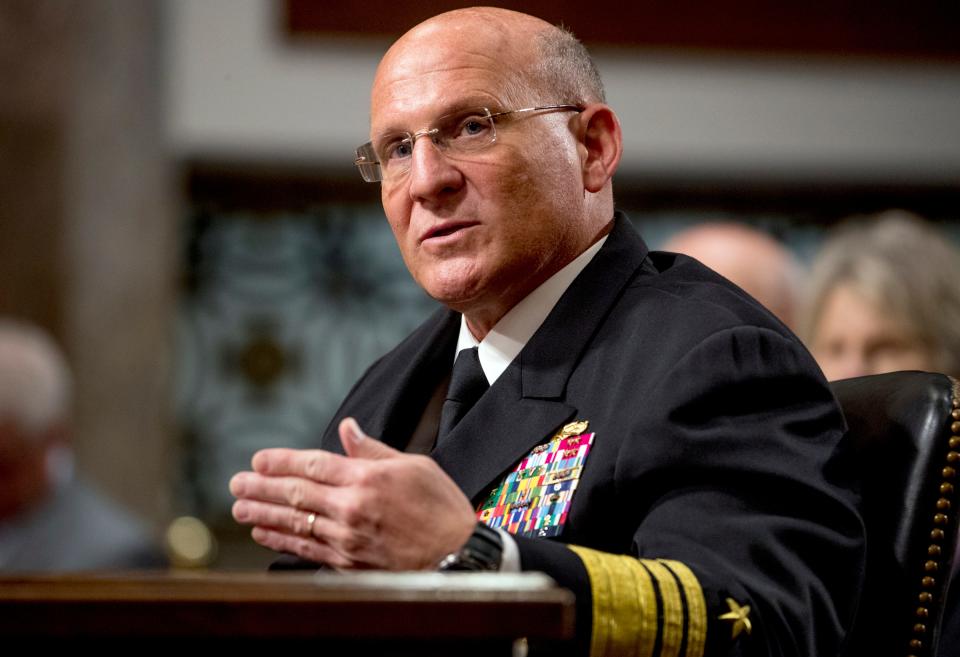
That made decommissioning Mayport’s existing LCS, which would all need complicated repairs to be able to travel at the high speeds they were originally supposed to reach, an easier fit with Navy plans.
“[E]ight Freedom Class ships are planned for decommissioning … which correlate with the eight ASW MPs [mission packages]” being abandoned, said a shipbuilding plan the Navy circulated last month. The ninth Freedom LCS on the chopping block, the San Diego-based USS Fort Worth, is a “non-deploying test ship” that won’t be needed, it said.
Instead of chasing subs, the final six Freedom LCS entering the Navy will be outfitted for surface warfare with equipment including a 30 mm high-velocity cannon and the MQ-8 Fire Scout, a drone helicopter the Navy has used in settings ranging from surveillance in Afghanistan to counter-narcotics missions in the Caribbean and Latin America.
Counter-narcotics missions have become a staple of Mayport’s LCS work, although plans for future deployments aren’t discussed “as a matter of longstanding policy due to operational security,” said Lt. Anthony Junco, public affairs officer for Mayport’s LCS Squadron Two.
Next Freedom variant vessels expected in Mayport
After the Minneapolis-Saint Paul, the next Mayport-bound Freedom variant is LCS 23, meant to become the USS Cooperstown. Its commissioning date will be announced soon, Junco said.
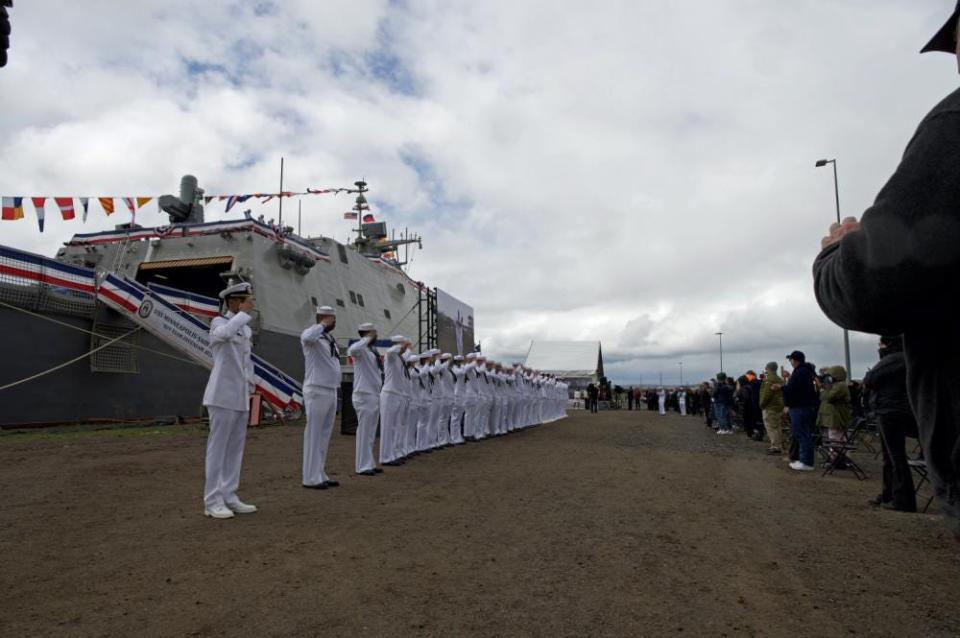
The remaining vessels are still under construction or being outfitted with gear. The final craft, LCS 31, was contracted for in 2019 with construction starting about a year ago.
While work on the new ships continues, the choice to retire similar ships just a few years older is drawing criticism from some members of Congress who argue the Navy needs to grow to balance a rising Chinese military presence in the Pacific.
“I reject the administration’s request to retire naval vessels that provide decades of service life to our fleet,” U.S. Rep. Rob Wittman, R-Va., declared when Gilday talked to Congress about the Navy’s $180.5 billion 2023 budget request, which recommended retiring 16 ships before the end of their scheduled service lives.
The LCS decommissioning plan was an instant target for criticism because the ships had been intended to last 25 years.
But Navy officials argued that eliminating LCS, now priced at more than $500 million each, was necessary to pay for other needs ranging from missiles to new frigates, budgeted around $1.1 billion each.
“It’s not that the LCS … had no military value. It’s that they have less military value and, based on the resources that we have, we had some hard decisions to make,” Vice Adm. Scott Conn, the deputy CNO for warfighting requirements and capabilities, told a House subcommittee on sea power last week.
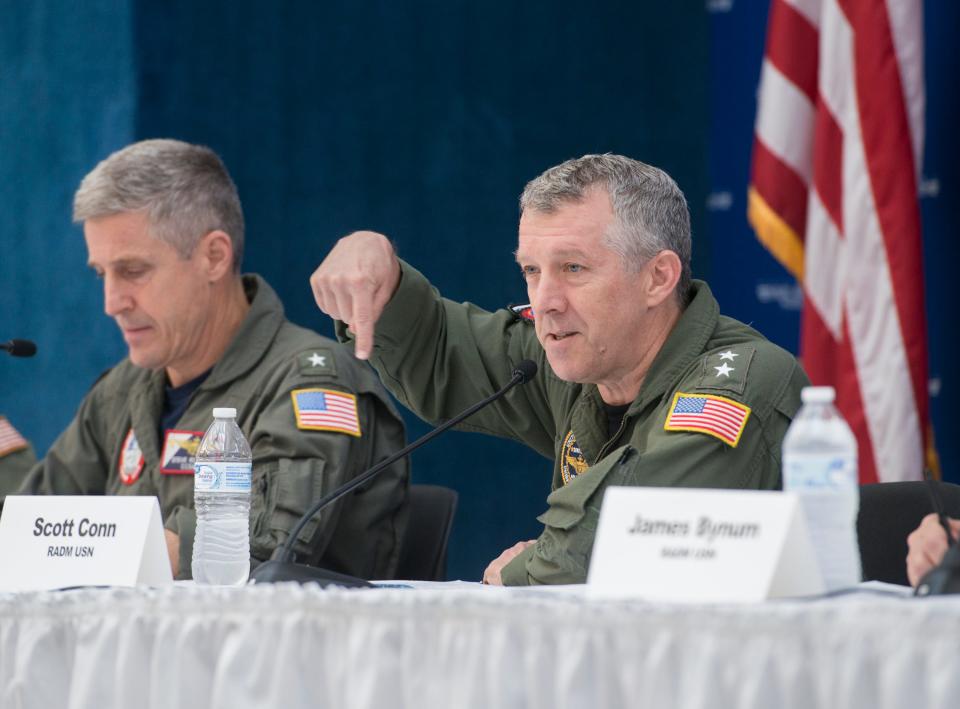
But past problems with LCS have made the ships harder to defend in a budget fight.
“With the Chinese Navy steadily climbing to 460 ships by 2030, the unforced errors in Navy shipbuilding, like the Littoral Combat Ship, must stop,” U.S. Sen. Jim Inhofe, R-Okla., tweeted this month. “Programs that can scale up and grow our fleet must be the priority.”
This article originally appeared on Florida Times-Union: With 8 Mayport LCS marked for retirement, Navy commissions replacement

